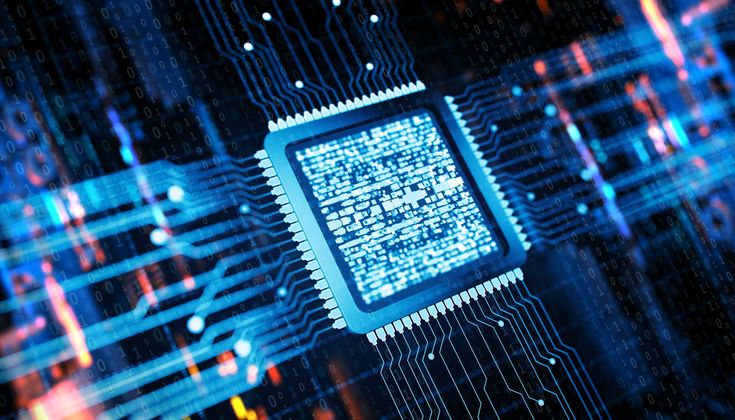In the realm of electronics, the term “chipset processor” often takes center stage, serving as the brain that powers our devices. Whether it’s a smartphone, tablet, laptop, or desktop computer, the chipset processor plays a crucial role in determining a device’s performance, efficiency, and capabilities.
What is a Chipset Processor?
A chipset processor, often referred to simply as a chipset, is a set of electronic components that manages the flow of data between the central processing unit (CPU), memory, peripherals, and other crucial hardware components within a device. It acts as a communication hub, ensuring seamless interaction between different parts of the device.
Components of a Chipset Processor:
- Northbridge and Southbridge:
- The chipset is traditionally divided into two main parts: the Northbridge and Southbridge. The Northbridge handles tasks that require high-speed communication, such as the interaction between the CPU, memory, and graphics card. On the other hand, the Southbridge manages slower-speed peripherals like USB ports, SATA (Serial ATA) connections, and audio components.
- CPU Interface:
- The chipset provides a connection between the CPU and the rest of the system. It determines the compatibility of the processor with other hardware components and plays a role in defining the overall system architecture.
- Memory Controller:
- Responsible for managing the flow of data between the CPU and the system memory (RAM), the memory controller significantly influences a device’s performance. The type and speed of RAM supported by the chipset impact the overall speed and efficiency of data processing.
- Peripheral Interfaces:
- Chipsets feature various interfaces for connecting peripherals, such as USB (Universal Serial Bus) ports, PCIe (Peripheral Component Interconnect Express) slots, and SATA ports for connecting storage devices. These interfaces determine the device’s ability to connect with external hardware.

Types of Chipsets:
- Integrated vs. Discrete:
- Some chipsets are integrated into the motherboard, while others come as separate, discrete components. Integrated chipsets are common in laptops and budget-friendly devices, offering a compact and cost-effective solution. Discrete chipsets, often found in high-performance desktop computers, provide more customization options.
- Mobile Chipsets:
- Mobile chipsets, designed for smartphones and tablets, prioritize power efficiency and compact size. They often include features like integrated graphics, mobile connectivity standards, and power management capabilities.
- Desktop Chipsets:
- Desktop chipsets focus on providing robust performance and extensive connectivity options. They are compatible with a wide range of processors and support advanced graphics cards for gaming and content creation.
Impact on Device Performance:
The choice of chipset processor significantly influences a device’s overall performance, speed, and capabilities. A well-designed chipset can enhance multitasking, improve graphics rendering, and optimize power consumption, resulting in a smoother and more efficient user experience.
In conclusion, while chipset processors might not be the most visible components in our devices, they serve as the critical infrastructure that enables seamless communication and coordination between different hardware elements. As technology continues to advance, the evolution of chipset processors will play a pivotal role in shaping the future of electronic devices.








